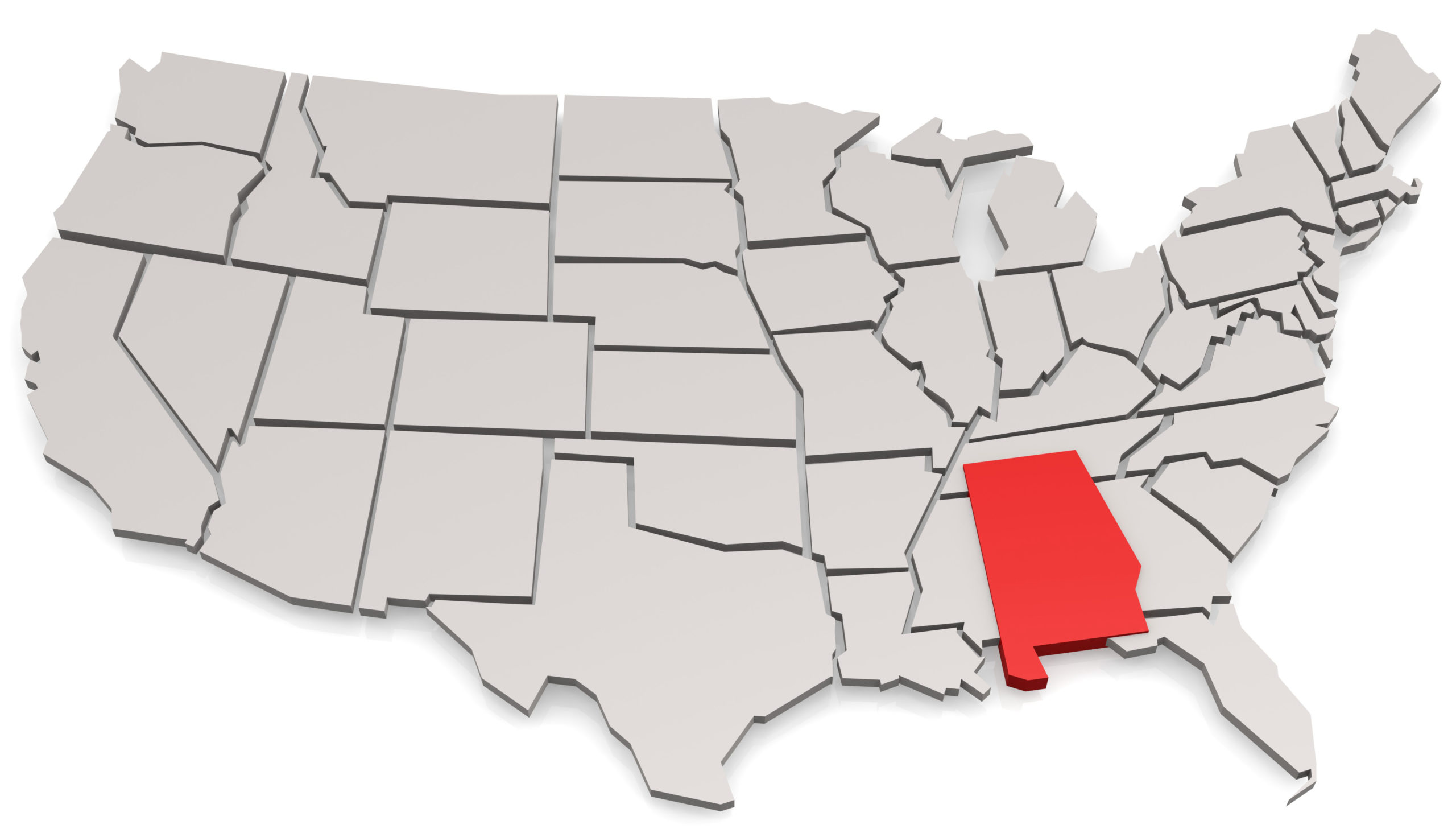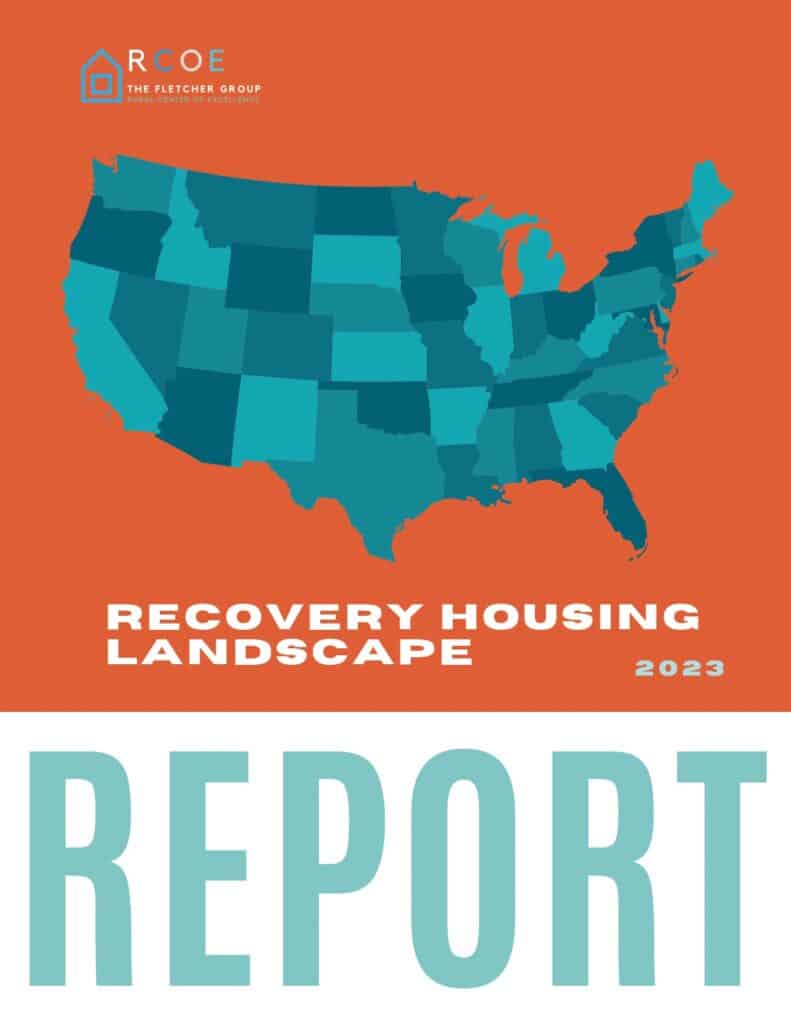
Alabama Laws, Policies, and Funding
RH Terminology Used by the Alabama Department of Mental Health (ADMH) Recovery Housing Initiative: “The ADMH Housing Initiative for individuals with a substance use disorder began as a result of the opioid crisis. It was initially designed specifically for people who were receiving Medications for an Opioid Use Disorder (MOUD) in combination with treatment services, traditionally called MAT (Medication Assisted Treatment). Due to the current pandemic, the initiative has since been expanded and individuals with any substance use disorder may receive housing services. Recovery houses apply and are approved through ADMH to provide such services. In addition, ADMH has created an emergency housing initiative. ADMH-approved recovery houses may receive emergency housing funds for those individuals who are unable to engage in a program of recovery while they are waiting on residential placement because their living environment is not safe nor conducive to recovery.” (U.S. Department of Housing and Urban Development (HUD), 2015)
Accreditation, Certification, and State Licensing Requirement: No state requirement
RH Law(s): None/unknown
RH Legislation: None/unknown
Regulations: None/unknown
SUPTRS BG or SUBG Program: The “Planned Priority Areas” documents for your state’s Substance Use Prevention, Treatment, and Recovery Services Block Grant (SUPTRS BG or SUBG) program and Community Mental Health Services Block Grant (MHBG) program do not specifically mention recovery housing as a priority, nor do they list recovery support services as an allowable activity. To learn more about specific recovery housing activities that are eligible for funding through these grant programs, please reach out to your state’s Single State Agency (SSA) that’s responsible for administering these funds by visiting mh.alabama.gov/saban/?sm=d
SOR Program: Your state’s Department of Health and Social Services (DHSS) has previously funded recovery activities using State Opioid Response (SOR) funds. To learn more about specific recovery housing activities that are eligible for funding through this grant program, please reach out to your state’s Single State Agency (SSA) that’s responsible for administering these funds by visiting mh.alabama.gov/saban/?sm=d
Medicaid Funding: Nothing in the state Medicaid plan suggests direct support for RH, however, certain covered activities could evolve to be provided in RH settings include supported employment, peer support, case management, basic living skills, and counseling.
NARR Affiliate Status: Yes, Alabama Alliance for Recovery Residences (AARR)
Housing Assistance Funding: https://www.ahfa.com/
Directory/Registry: Certified Recovery Residences: https://aarronline.org/aarr-certified-residences
Alabama Funders
Alabama Power Foundation
The Alabama Power Foundation was established in 1989 with funding provided by Alabama Power shareholders. The Foundation is based in Birmingham, Alabama, and strives to strengthen and support communities across the state.
Regions: The Alabama Power Foundation supports communities across Alabama, including rural areas.
Issues Supported: The Foundation supports initiatives in arts and culture, community well-being, education, environment, and health and human services.
Grant Process and Application: The Foundation offers several grant-making programs with varying deadlines. Find out more about specific programs and relevant deadlines by visiting the Foundation website.
Grant-Making Per Year: In 2020, the foundation provided grants in the amount of $10.9 million.
Recovery and Supportive Housing Grantee Example: The Turning Point Foundation is a grantee located in partially rural Chilton County and offers recovery housing for 30 residents. Turning Point is a Christian-based organization that supports men recovering from substance use disorders..
The Caring Foundation
The Caring Foundation was established by Blue Cross and Blue Shield of Alabama in 1990. Based in Birmingham, the Foundation addresses health needs of Alabama’s communities by funding nonprofit organizations across the state.
Regions: The Caring Foundation serves all areas of Alabama. Examples of rural counties served include Cullman, Talladega, and Winston, as well as partially rural Baldwin and Chilton Counties.
Issues Supported: The Caring Foundation focuses on issue areas pertaining to health and well-being, including human services, medical education, mental health care, and youth services.
Grant Process and Application: The Foundation’s online grant portal is used for the grant application process. Contact the Foundation directly by phone at 205-220-2100 or by email at TheCaringFoundation@bcbsal.org for more information.
Grant-Making Per Year: In 2019, the Foundation provided grants in the amount of $8.2 million.
Recovery and Supportive Housing Grantee Example: The Shoulder is located in partially rural Baldwin County, Alabama, and offers treatment for individuals struggling with substance use disorders. The Shoulder offers varying levels of residential support, including transitional housing.
Daniel Foundation of Alabama
The Daniel Foundation of Alabama was established in 1978 with assets from Hugh Daniel, founder of Daniel Construction Company of Alabama. The Foundation’s mission is to support higher quality of life for all residents in Alabama.
Regions: The Daniel Foundation supports all areas of Alabama, including both rural and non-rural counties. Examples of rural counties served include Cullman, Dallas, Sumter, Tallapoosa, and Washington.
Issues Supported: The Daniel Foundation funds projects that are designed to improve community vibrancy and well-being for Alabama residents. Key issue areas include arts and culture, community needs, education, health, and youth development.
Grant Process and Application: The Daniel Foundation has four grantmaking cycles per year, focused by issue area. The deadline for the letter of intent for health-related projects is in April, and the deadline for proposals for health-related projects is in June. The Foundation uses an online application portal system. Find out more about the grant cycle process and applications by visiting the Foundation’s website.
Grant-Making Per Year: In 2019, the Daniel Foundation provided grants in the amount of $7 million. Recovery and Supportive Housing Grantee Example:
My Sister’s Place in Calera, Alabama, provides residential support during all phases of recovery. My Sister’s Place is designed for women who struggle with substance use disorders. The program provides healing programs as well as services needed to lead productive lives.
Snook Foundation
The Snook Foundation is a family foundation based in Foley, Alabama, and was established in 1972. The Foundation was created with the funds accumulated from the Snook family phone company Gulf Telephone that was established in 1929 by Ward Snook. Ward Snook’s son, John McClure Snook, maintained and grew the family business and established the Snook Foundation.
Regions: The Foundation focuses funding in the state of Alabama with a focus on partially rural Baldwin County.
Issues Supported: The Foundation focuses on education, human services, medical services, mental health care, and youth development.
Grant Process and Application: Application cycles occur twice per year with deadlines in the spring and fall. Visit the Foundation website for more information regarding the grant application process.
Grant-Making Per Year: In 2019, the Snook Foundation provided grants in the amount of $1.3 million.
Recovery and Supportive Housing Grantee Example: The Shoulder is a grantee located in partially rural Baldwin County, Alabama, and offers treatment for individuals struggling with substance use disorders. The Shoulder offers varying levels of residential support, including transitional housing.
Alabama Opioid Settlement Funds
Alabama is not participating in the national opioid settlement and instead chose to pursue legal action independently.
How About Your County?
To get a quick overview of the resources available in your county, including gaps that may need to be addressed, visit the Recovery Ecosystem Index Map developed through a partnership between the Fletcher Group Rural Center of Excellence, the NORC Walsh Center at the University of Chicago, and East Tennessee State University.
Need More Info?

A year in the making by a staff of ten, the Fletcher Group’s 82-page Recovery Housing Landscape Report provides an in-depth overview of the most recent laws, policies, and funding affecting recovery housing. You’ll find sections devoted to state laws, SAMHSA funding, Medicaid, corrections, and housing assistance plus numerous links to valuable resources and official documents. To see the complete downloadable report, click the image to the left.
This web page is supported by the Health Resources and Services Administration (HRSA) of the U.S. Department of Health and Human Services (HHS) as part of an award totaling $17.1 million with 0% financed with non-governmental sources. The contents are those of the author(s) and do not necessarily represent the official views of, nor an endorsement, by HRSA, HHS, or the U.S. Government.